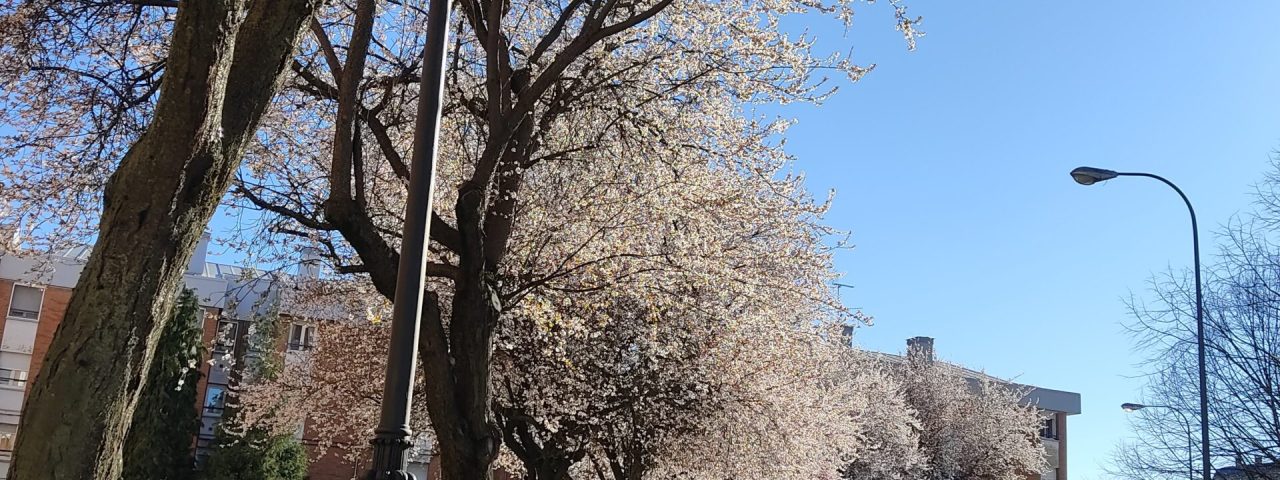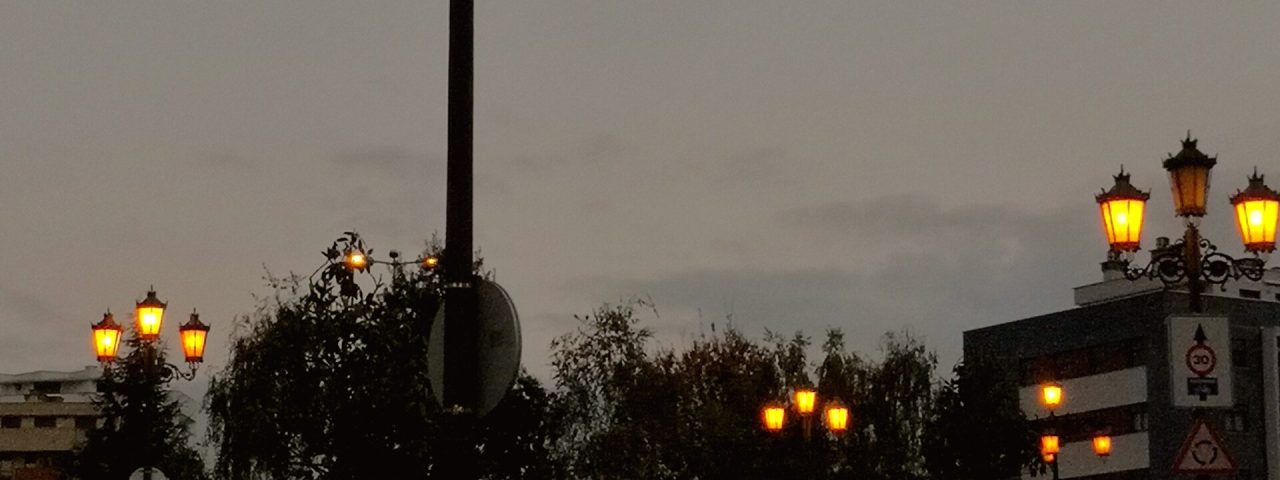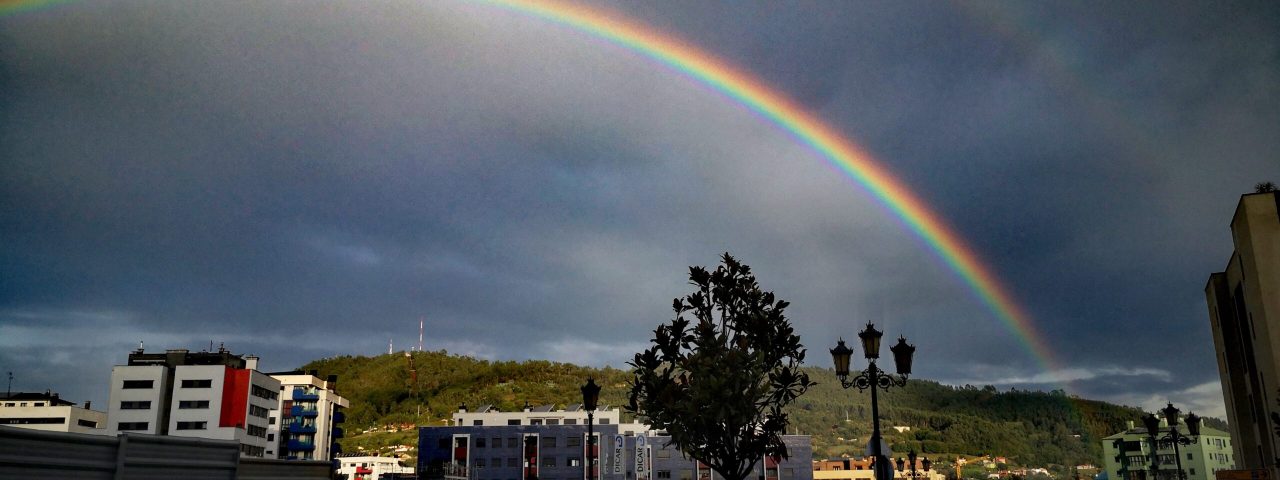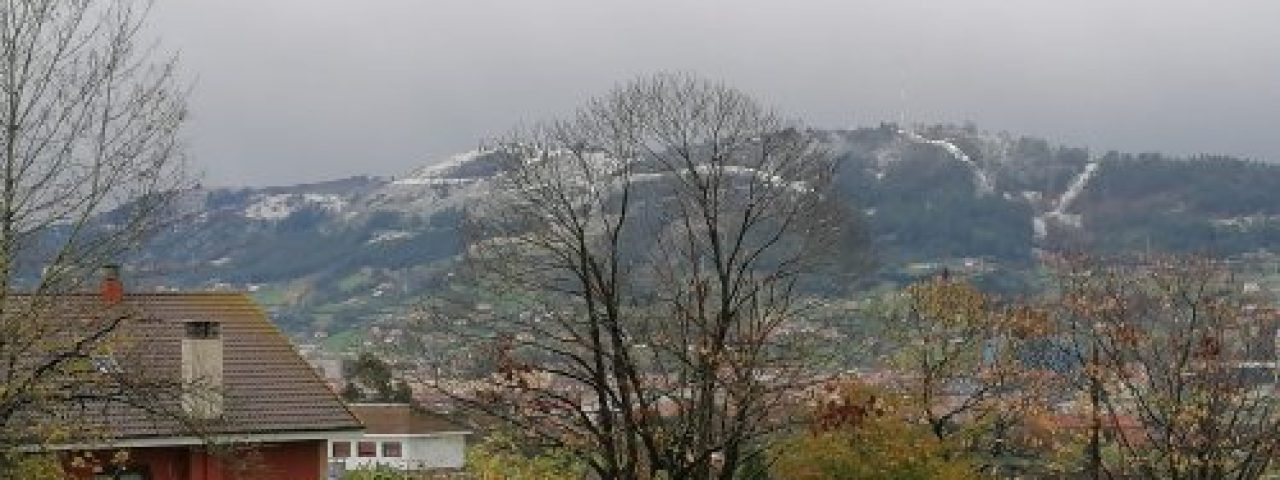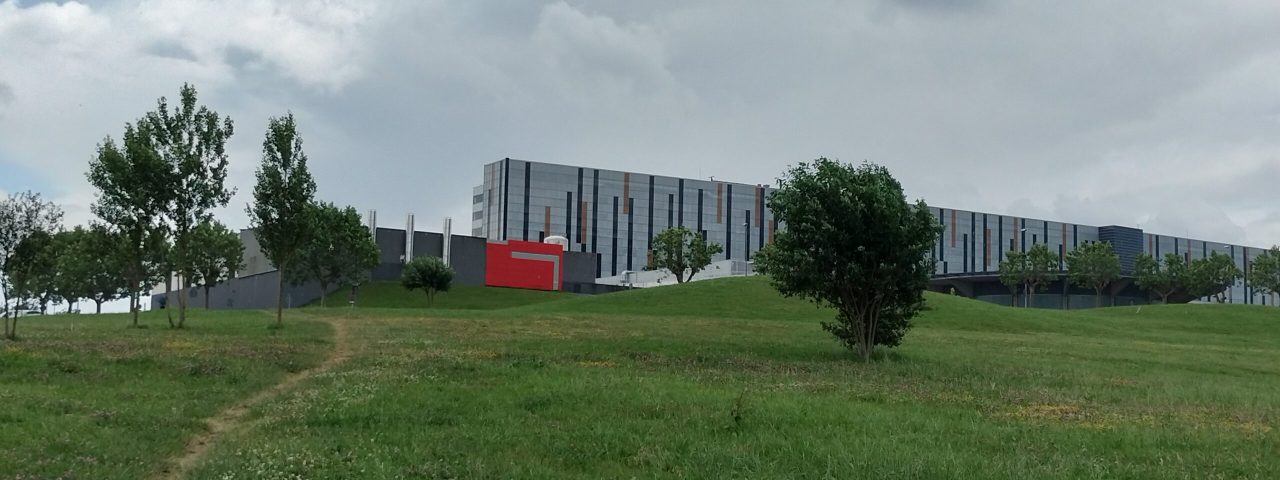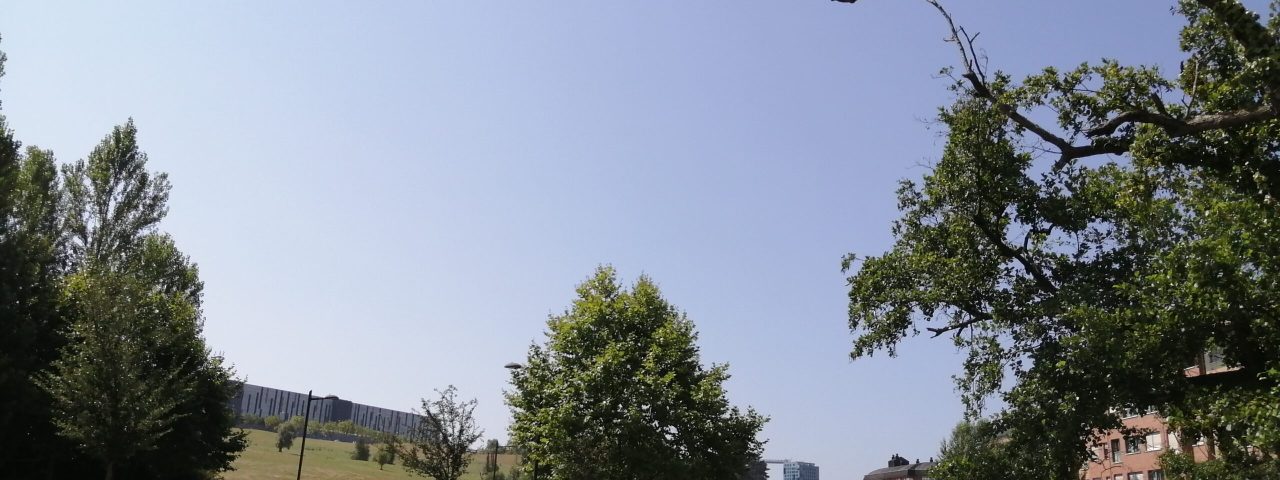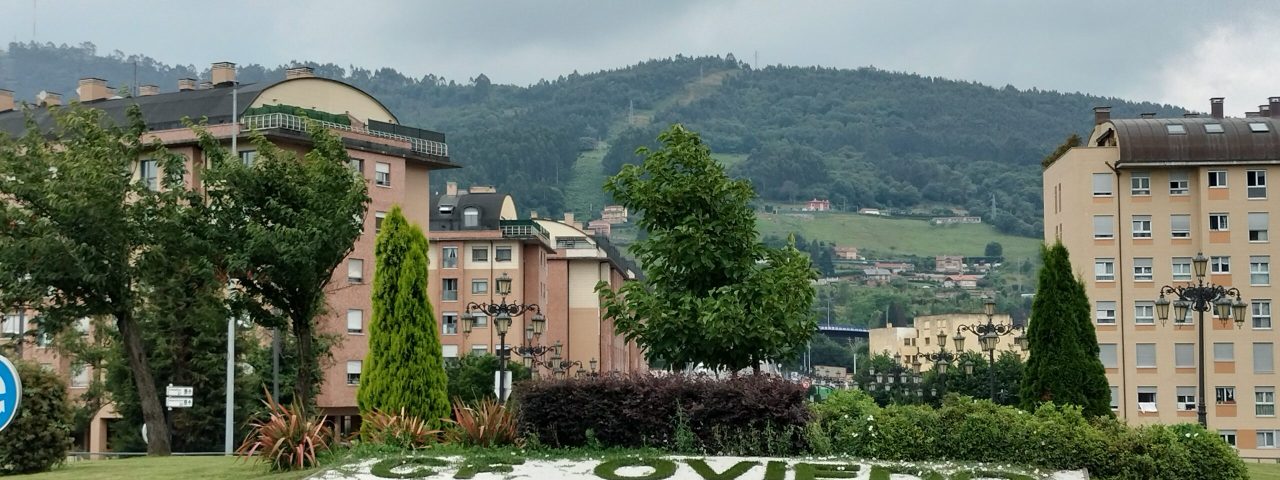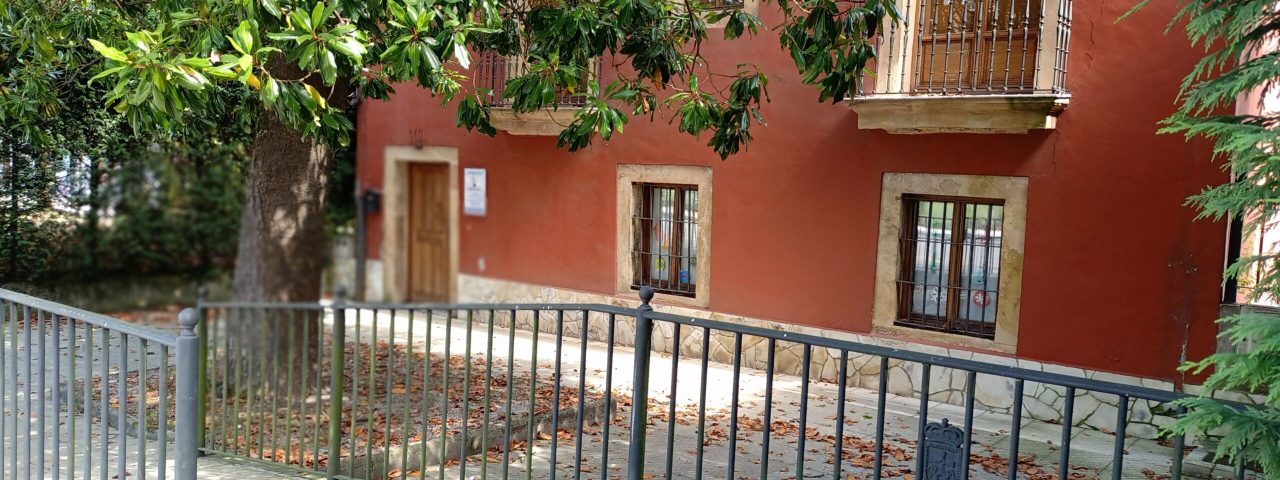La Corredoría has a history that is deeply intertwined with the broader story of Asturias, a region known for its early Christian heritage and resistance to Moorish conquest during medieval times. Asturias was the cradle of the Christian Reconquista, and while La Corredoría is a more modern urban development, it still reflects the proud historical legacy of the region. This can be seen in the local architecture, festivals, and customs that have survived throughout the centuries.
Culturally, La Corredoría and the surrounding region of Asturias are known for their traditional fiestas and celebrations, with some of the most significant events rooted in religious and cultural traditions. The Feast of Saint Matthew in nearby Oviedo, for example, is one of the biggest celebrations, drawing visitors from across Spain. Additionally, the region is famous for its “Día de Asturias” celebrations, which showcase local folklore, music, and dance. Traditional customs such as bagpipe music and Asturian folk dancing are still practiced, offering visitors a unique glimpse into the region’s cultural heart.
La Corredoría also serves as a gateway to explore other significant historical landmarks in Asturias, including pre-Romanesque churches and the Santa María del Naranco, a UNESCO World Heritage Site located in nearby Oviedo. These cultural and historical aspects contribute to the rich tapestry of life in La Corredoría, making it an appealing destination for those interested in Spanish history.


